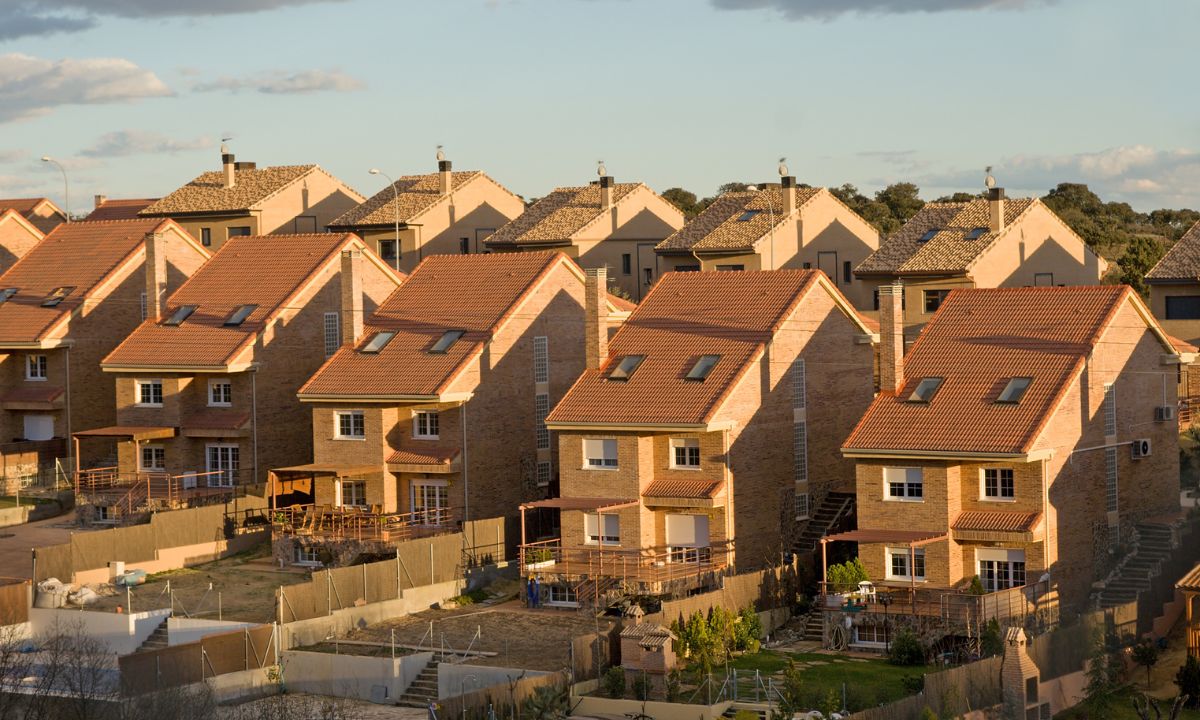 When buying a home, it’s easy to focus solely on the property itself—square footage, curb appeal, layout, and finishes all tend to grab our attention. But what happens outside the property can be just as impactful, especially when new developments are underway nearby. Whether it’s the construction of a new shopping center, school, or transit line, nearby developments can significantly influence property values, sometimes raising them and, in certain situations, leading to complexities. Here’s how developments around your property might shape its value and tips on researching these projects before making a decision.
When buying a home, it’s easy to focus solely on the property itself—square footage, curb appeal, layout, and finishes all tend to grab our attention. But what happens outside the property can be just as impactful, especially when new developments are underway nearby. Whether it’s the construction of a new shopping center, school, or transit line, nearby developments can significantly influence property values, sometimes raising them and, in certain situations, leading to complexities. Here’s how developments around your property might shape its value and tips on researching these projects before making a decision.
How Nearby Developments Can Boost Property Values
- Improved Access and Convenience: New commercial developments, such as shopping centers, grocery stores, and restaurants, add convenience and can be big value boosters. Properties near these amenities tend to be more appealing to buyers, increasing demand and, subsequently, property values. The convenience of being near services saves time, and for many, that’s a luxury worth paying for.
- Enhanced Public Infrastructure: Public infrastructure improvements, like new transit lines, highways, or better roadways, can make your property more accessible and connected. Homes near public transit, for example, have become increasingly desirable as people aim to cut down commute times and fuel costs. Access to efficient transportation options can boost property values, particularly in urban areas.
- Increased Job Opportunities and Economic Growth: New businesses mean potential job opportunities close to home, which can lead to population growth in the area. With more people moving to the vicinity for employment, the demand for housing often goes up, which can drive property prices higher.
- Educational Facilities and Community Resources: Proximity to good schools and community resources (parks, libraries, recreation centers) is a huge factor for families and can make your home more attractive to potential buyers in the future.
Potential Downsides of Nearby Developments
While many developments lead to positive growth, certain factors may negatively impact property values:
- Increased Traffic and Noise: Large commercial and retail projects can bring increased traffic, noise, and congestion, which may make a neighborhood less desirable for those seeking peace and quiet.
- Environmental and Aesthetic Concerns: Not all developments are welcomed by the community. Large shopping malls, parking structures, or industrial zones could alter the visual landscape of a neighborhood.
- Potential for Overbuilding: If there’s an excessive number of new homes or rental properties in an area, the supply could outpace demand. Over time, this might lead to a softening of property values as competition increases among sellers or landlords.
Tips for Researching Nearby Developments Before Buying a Home
- Check Local Government and Planning Department Resources: Most cities have planning and zoning departments where you can access development maps, upcoming projects, and zoning changes. Many of these resources are online, so you can see what’s planned for the area before you buy.
- Speak with Local Real Estate Agents and Neighbors: Local agents often have insights on development projects and can give you a sense of what changes are on the horizon. Neighbors can also be valuable sources of information, as they might be aware of ongoing discussions about new developments that haven’t yet been made public.
- Explore News Outlets and Community Bulletins: Local news sources regularly report on significant developments, particularly if they are expected to impact neighborhoods. Reading local news can provide updates and insights into both the positive and negative aspects of upcoming projects.
- Use Online Tools and Community Apps: Apps like Nextdoor or social media community groups can offer insider info on changes in the neighborhood. You may find threads where community members discuss pending developments, share opinions, and provide updates about construction or zoning changes.
- Evaluate the Type of Development: Not all developments will affect property values the same way. For instance, a new public park or high-end shopping center might increase value more than a warehouse or gas station. Consider how each type of development aligns with your preferences and long-term investment goals.
Being informed about nearby developments can put you in a stronger position as a homebuyer. The key is to research thoroughly, consider the type of development, and assess how it fits your lifestyle and future plans. With a bit of homework, you can feel confident in your investment and be ready for the neighborhood changes that lie ahead.

